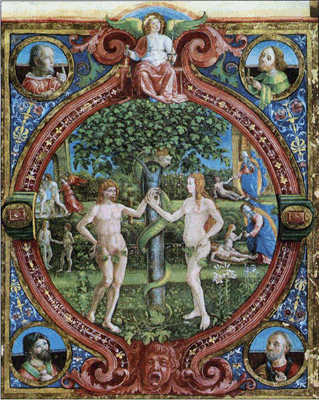During Advent, we also explored dimensions of the Mass. Why that combination? At first, I couldn't pinpoint it as I was just doing what naturally seemed to flow with the children, but here are a few reasons I came up with after the fact:
- Indeed it was a natural flow of the children. After spending the first few weeks acclimating to the atrium and working SO heavily with the history of the Kingdom of God (Fettuccina, Fetuccia, History of the Gifts, Plan of God, Blue Unity....) - the children just needed something more tangible.
- In the meantime, in both atriums, I was finding more and more opportunities to explore what it means to prepare for the coming of Jesus NOW. Yes, the memorial of the first Christmas and how we enter back into that moment in time; but how we are truly preparing for the second Coming.
- My level 2 children (some with no level 1 experience) in the combined atrium had a fascination with the City of Jerusalem and I didn't want to keep holding them off from working with it. So we did it - during Advent instead of Lent ;) Then we went back to the Last Supper and with some of them extended it out into the Origins of the Eucharist. The end of the booklet revealed to me why we were doing these things during Advent: the final words are "Come Lord Jesus".
- We could then sing that song "Come Lord Jesus" using the various names given to us by the prophets. And we could invite one another to explore the various names and titles for Jesus and begin compilation of a list of these names. The only-level-3 atrium has several takers on this challenge!
Thus the work of the level 3 children followed:
- In the just-level-3 atrium, I had a group of children who enjoyed getting out the Mass articles; reading the booklet that corresponds with the articles. These were 5th/6th graders who knew their younger brothers and sisters had been doing something with this material for the last 4 years, but they had not seen this material since their own sacramental preparation time. Now, we do not have a model altar in level 3 - we do have some of the articles and a booklet that describes these articles at an older child level - specifically for these older children. Unfortunately, it was quickly disintegrating into "let's play Mass" - a BIG no-no! And some of these children are altar servers!!!
- So their work became more directed - they were given the materials and the booklet for the Origins of the Eucharist (going from the Last Supper to today's Mass).
- I then provided them with the Structure of the Mass - a chart with all colored tiles, colors coordinating to the 4 parts of the Mass, labels for the two main divisions of the Mass (Liturgy of the Word; Liturgy of the Eucharst --- Eucharist than has "Preparation of the Gifts", "Eucharistic Prayer", and "Communion.").
- Within the just-level-3 atrium, the children also extended their work into the Propers of the Mass. We have just begun, so they have only yet worked with the large chart and tiles; most of the children also re-created the chart on their own papers. This will later extend into work with card material that defines each proper; an exploration of specific propers and their prayer choices; and finally into the "Colored Base" or "Second Missal" - a work with cards and charts that looks at every single prayer of the Mass in relative detail. I am anxious to start this work, but I don't have all the materials ready! Translation changes.... (I attend the TLM so didn't experience any translation changes, thus this work is a bit more tedious for me ;) ).
And the level 2 children?
They have plenty of time to explore the infancy narratives when we come back in January - we start early in the month which is fantastic! And I really feel that their needs have been met.
During all of this time, we have also explored the Liturgical Calendar, celebrated Communal Prayer, explored the gestures of the Mass, worked with the Books of the Bible, continued to explore the typology of Creation and so much more.
These children continue to reveal so much to me and I wish I could put more of it into words.
For those of you parents following along:
All atriums: Our first class in January, regardless of the date, will be an Advent/Christmas/Epiphany celebration - we will read through the prophecies one more time, share the currently discovered names of Jesus, meditate on key moments of the infancy narratives and share a King's Cake.
Combined 2/3: the level 3 children in the combined atrium will be exploring the typology of Creation in January. We will likely follow that up with typology of Sin in February. Throughout, we will also review what they already know about the Mass.
Combined 2/3: the level 2 children will have time to spend with the infancy narratives; some of the children will also receive the Flight into Egypt (the other narratives are the same as level 1 with different meditative points). We will look at the Kingdom of God towards the end of the month. As the children are ready and wanting, we will also look at dimensions of the Mass.
Just-level-3: In January, we will continue work on the Mass, look at those Kingdom parables again, and I hope to start the Typology of Sin with very small groups, overlapping into February with this work.







.jpg)
.jpg)



.JPG)
.JPG)
.JPG)
.JPG)
.JPG)
.JPG)

.JPG)



